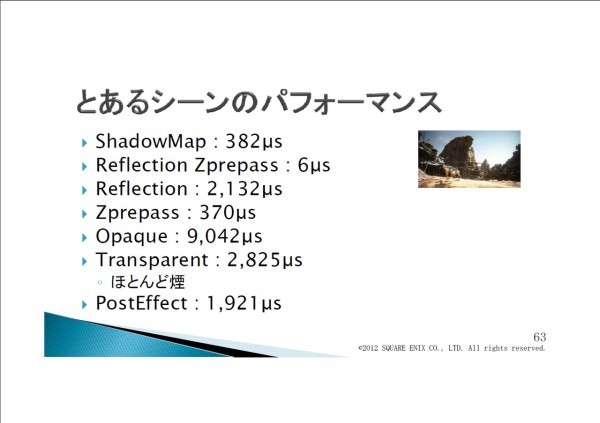Ether_Snake
å®å®å®å®å®å®å®å®å®å®å®å®å®å®å®
I'm not aware of any developer who builds levels 10x bigger than what current consoles can actually handle. So that's definitely going to take more time and goes back to the problem I'm speaking of.
And having better toolsets doesn't matter if games aren't being made faster. Well, you could hypothetically create current gen games faster, but is that the standard you want on hardware more capable than that?
Nope. Next-gen we'll be able to produce highly realistic characters with a few clicks. No need to hand-model all character models anymore. Heads are scanned then split into individual pieces, and can then be mixed-and-matched together to produce new heads. It will also be easier to re-use assets in different productions.
It will be very easy to create a huge landscape a la Skyrim, and automatically have grass, rocks, trees, plants, etc., all placed automatically. Even cities can be created like this. Weather, day/night cycles, temperature effects, can all be done in a way that doesn't imply doing micro work, it can all be implemented at a high level rather easily.
It will be a lot more easier to iterate on next-gen, to change the layouts during the production, or to make bigger worlds.





